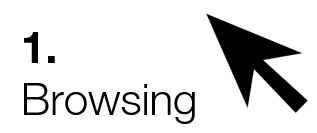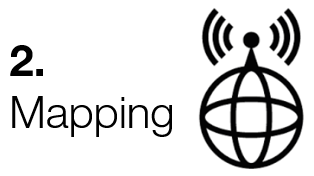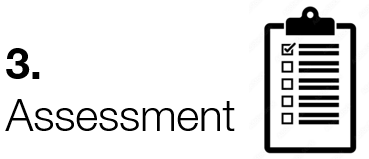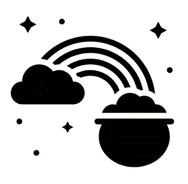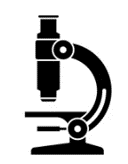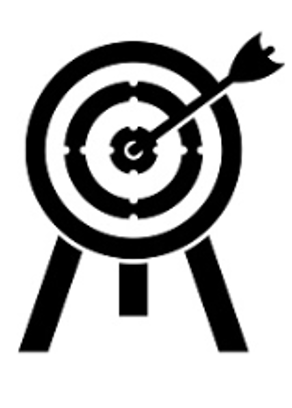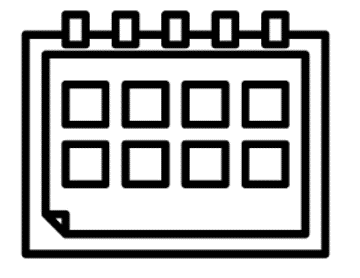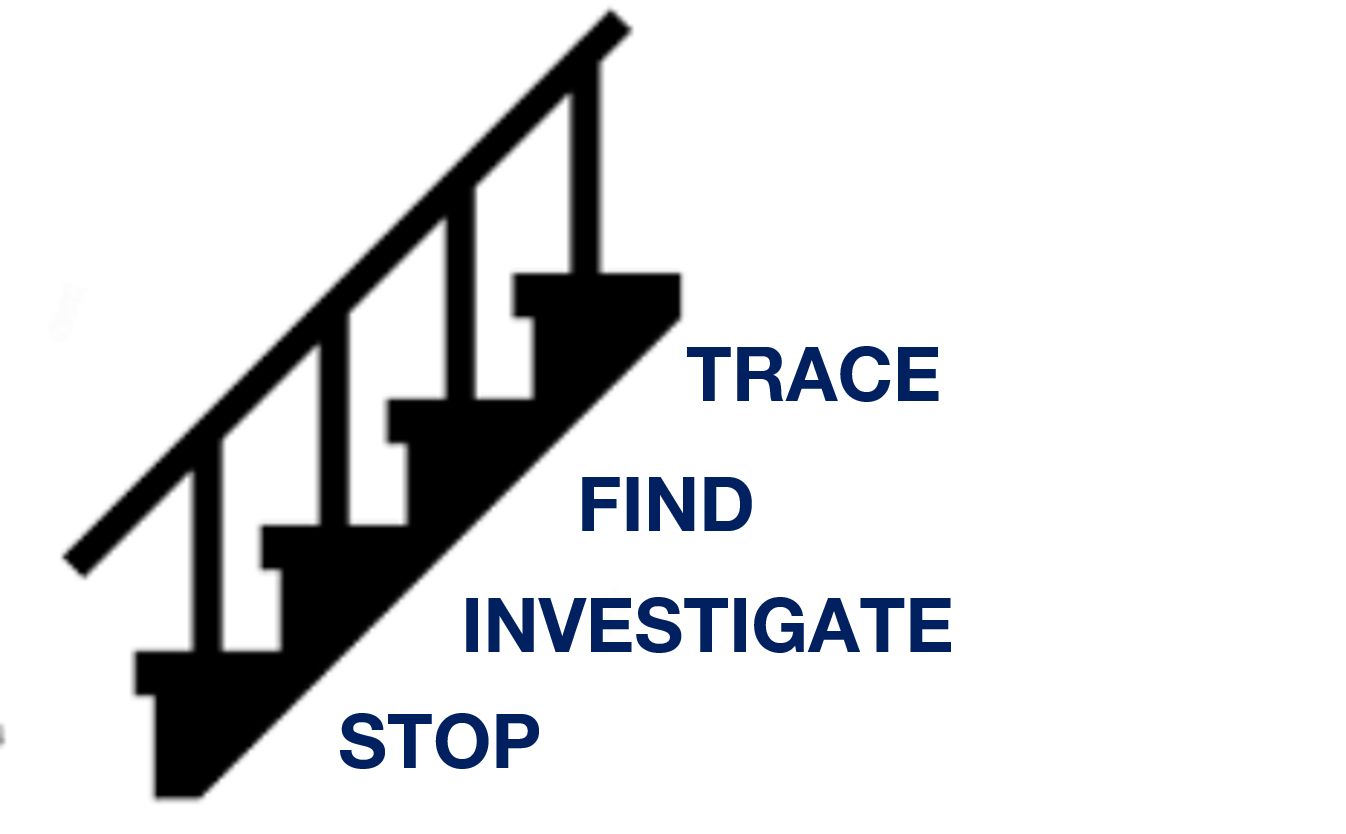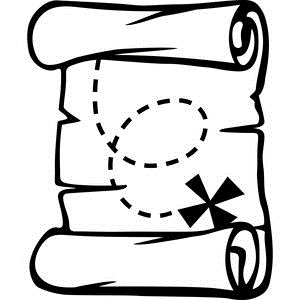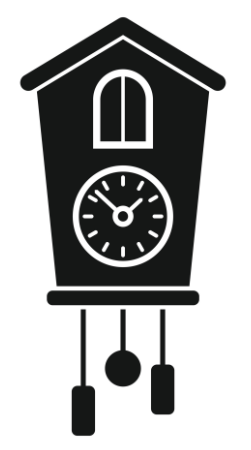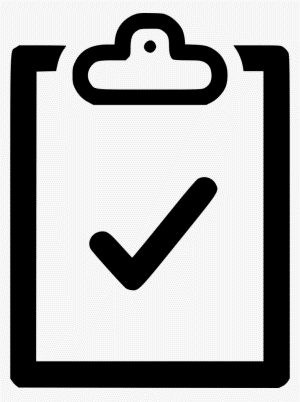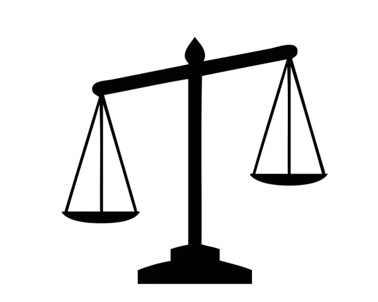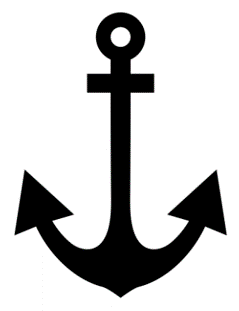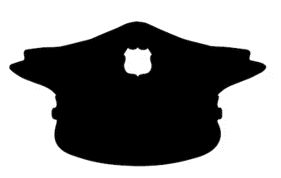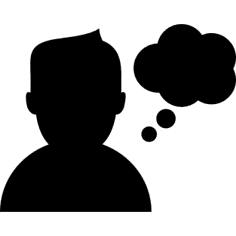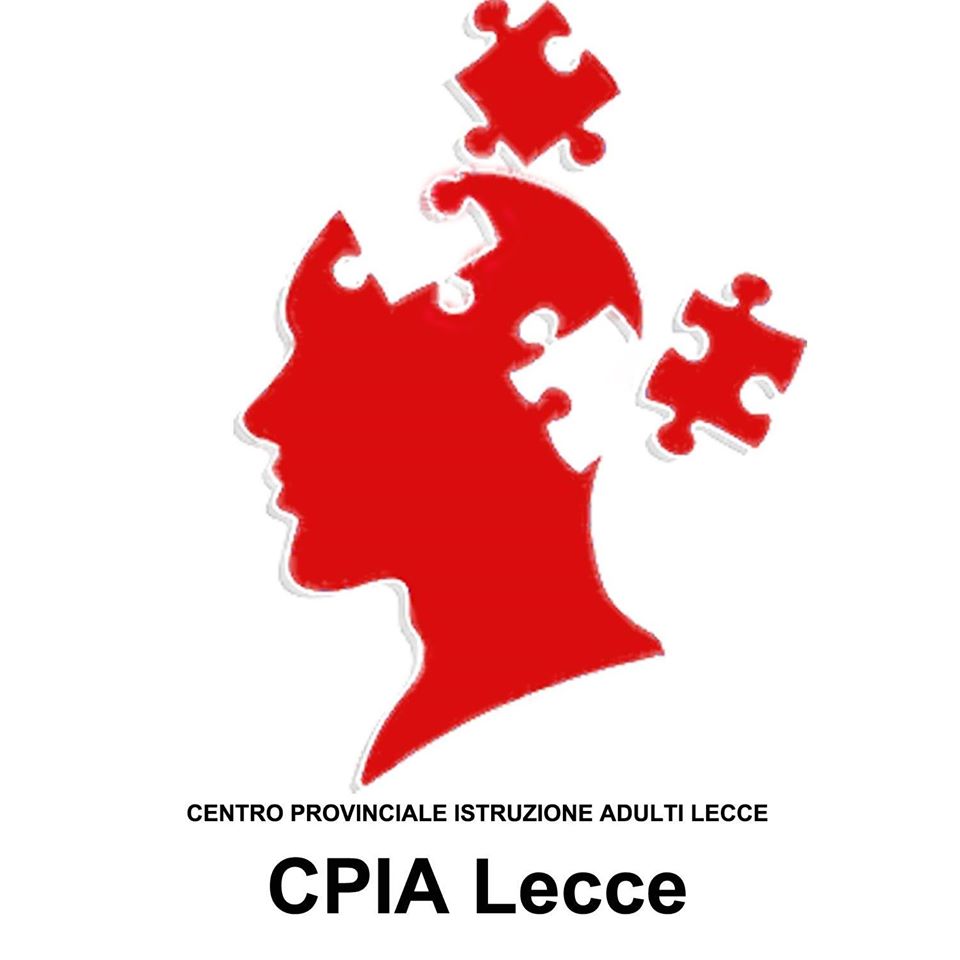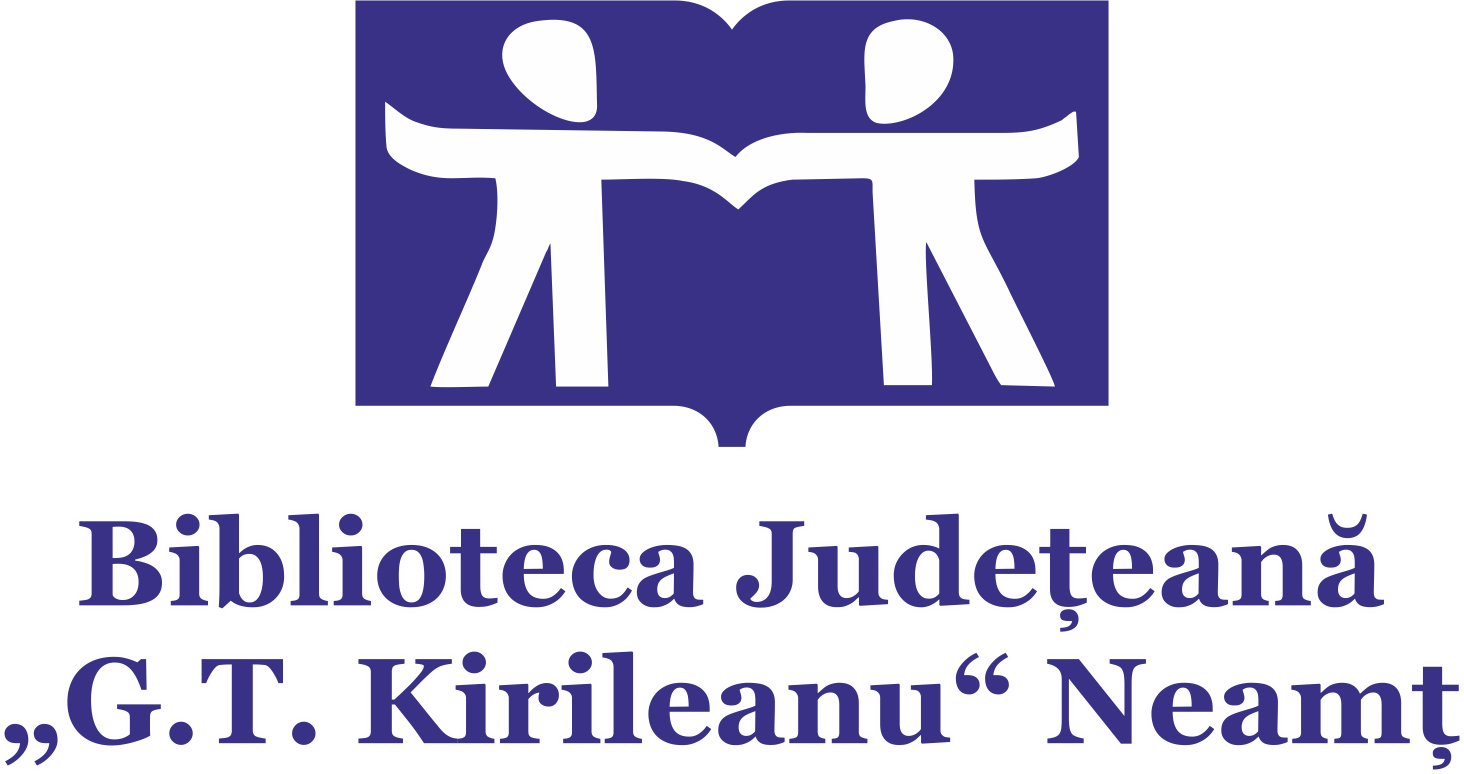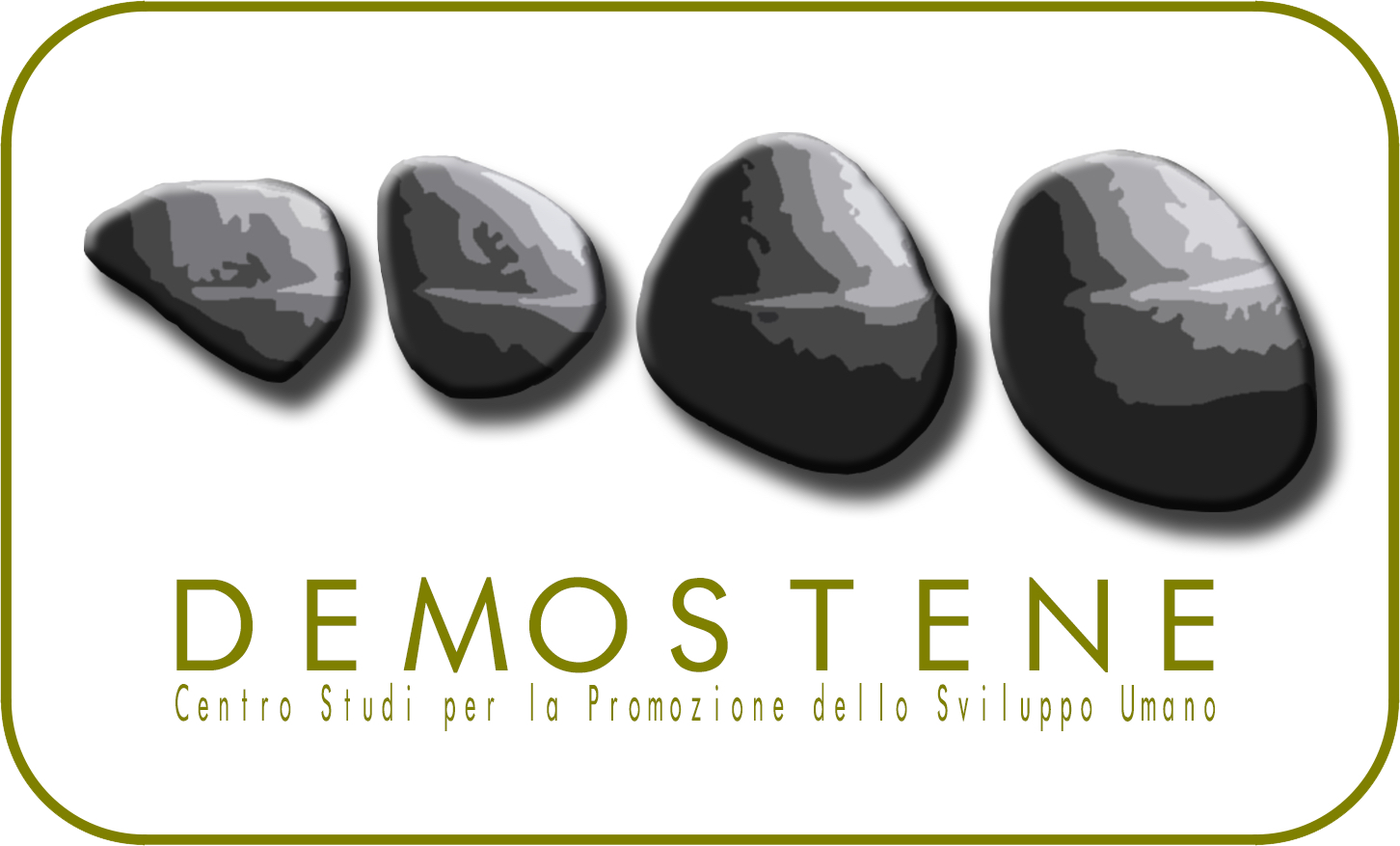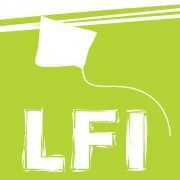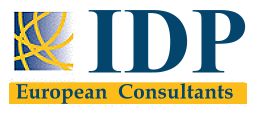 Evaluating data & digital content in DigComp Evaluating data & digital content in DigCompKnowledge, Skills and Attitudes
 Click to read Click to read
 The essentials for evaluating data and digital content The essentials for evaluating data and digital contentThe essentials for evaluating data and digital content
 Click to read Click to read
Golden rules for evaluating quality content
 Click to read Click to read
Methodologies and logical steps for evaluation of digital content
 Click to read Click to read
Four different proposed methodologies for evaluating of digital data and content
 Click to read Click to read  The 5 Ws methodology The 5 Ws methodologyThe 5 Ws methodology
 Click to read Click to read For every resources, article, content you might land on, try to identify & pinpoint:
First ‘W’: Who
 Click to read Click to read
Second ‘W’: What
 Click to read Click to read
Third ‘W’: Where
 Click to read Click to read
Fourth ‘W’: Why
 Click to read Click to read
Fifth ‘W’: When
 Click to read Click to read
 SIFT Approach SIFT ApproachSIFT Method: Stop - Investigate - Find - Trace
 Click to read Click to read This simple approach implies a thoughtful analysis of the content through a multi-stage approach
Stop
 Click to read Click to read
Investigate
 Click to read Click to read
Find
 Click to read Click to read
Trace
 Click to read Click to read
 CRAAP Test CRAAP TestCRAAP Test
 Click to read Click to read A slightly advanced approach compared to the previous two, the CRAAP test provides for a series of guiding questions that users can rely on to evaluate the information they have available. Currency
 Click to read Click to read
Relevance
 Click to read Click to read
Authority
 Click to read Click to read
Accuracy
 Click to read Click to read
Purpose
 Click to read Click to read
 RADCAB Method RADCAB MethodRADCAB: You Vehicle for Information Evaluation
 Click to read Click to read The RADCAB test comes from a methodology that researches normally use to test and evaluate how ‘good’ an information is for their purpose. R=Relevancy
 Click to read Click to read
A=Appropriateness
 Click to read Click to read
D=Details
 Click to read Click to read
C=Currency
 Click to read Click to read
A= Authority
 Click to read Click to read Competence 1.2 for Digital Culture
B=BIAS-free
 Click to read Click to read Competence 1.2 for Digital Culture
 Summing up Summing upSumming up
 Click to read Click to read
| ||||||||||||||||||||||||||||||||||||||||||||||||||||||||||||||||||||||||||||||||||||||||||||||||

Keywords
Credibility, relevance, accuracy, completeness, critical thinking
Objectives / goals:
⮚ Familiarize with practical methods for evaluation of digital data and content… and know-how for their implementation
⮚ Get the essentials of evaluating data, information and digital content and acquire the fundamentals of this competence.
Learning outcomes:
⮚ Assess and contrast the trustworthiness and dependability of the source of digital content, data and information in a critical manner.
⮚ In a critical manner, scrutinize, construe, and evaluate the digital content, information, and data.
Competences:
- Information and Data Literacy
Communication and Collaboration: Interacting with digital technologies for entertainment and culture
- Digital content creation
- Safety
- Problem Solving
Practical advices:
1. Be aware of the different types of wrong information, including misinformation (wrong information) and disinformation (wrong/biased information spread with malicious intents).
2. Learn to distinguish between genuine and biased content by filtering and critically evaluating the sources and references, and identifying potential sources of bias, including authors, origins of the data and sources quoted by the sources, and embedment of political and commercial messages.
3. Use standard methodologies such as 5Ws, SIFT, CRAAP, or RADCAB to assess the accuracy, relevance, and reliability of digital content, and check for inputs that signal these qualities, including author, date of publication, source, external links of reference for double-check, and paid/unpaid content.
4. Apply critical and creative thinking to analyse the credibility, legitimacy, and objectivity of digital content, and perform fact-checking when necessary.
5. Consider the potential impact of online behaviour and the outcome of any possible behaviour and maintain an unbiased and third-person perspective. Use a process that follows the basic steps of browsing, mapping, and assessment to find good quality content on the World Wide Web.
-
Related training material
-
Interland: avventure digitali. In viaggio col nonno alla scoperta del Web [Interland: digital adventures. Travelling with Granpa at the discorvery of the World Wide Web] A sub-product of the Google’ initiative: “Vivi Internet, al meglio!” [experience the internet, at its best]
-
Media Literacy
-
GetBadNews



